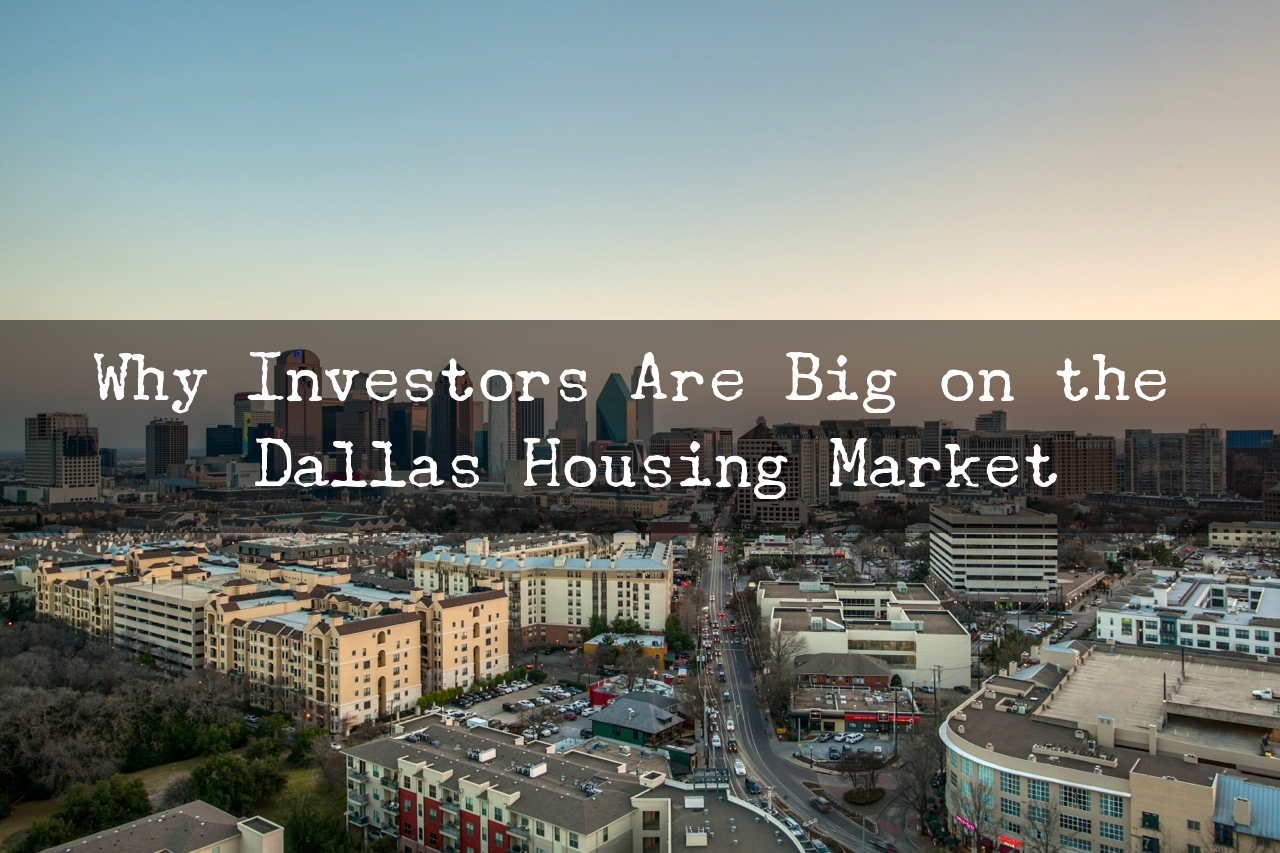Why Investors Are Big on the Dallas Housing Market
Real estate investors love Dallas, and it’s easy to see why. It’s got something for everyone: millennials flock here for the jobs and big-city excitement, families put down roots in its quaint suburbs, and retirees love the warm climate and quality of life.
Dallas is one of the most recognizable and buzzworthy metropolitan areas in the U.S. — if not the world — and is considered a quasi-gateway city for investors looking for dependable, liquid real estate environments. Fortunately, despite its popularity and skyrocketing growth, Dallas is still an accessible market with lots of upside.
We looked closely at the numbers to get a clearer picture of what makes this North Texas metropolis such a shining star.
Here are several key reasons why the Big D could be a prime location for your next rental property.
1. Population numbers are surging
Nothing boosts a real estate market like new residents. Already the fourth-largest metropolitan area in the U.S., Dallas is experiencing a serious population boom at the moment.
Recent numbers show that the Dallas-Fort Worth area had the largest influx of new residents of all U.S. cities last year. In fact, U.S. Census data found that most of the fastest-growing cities in the country are in Texas, including Houston and Midland-Odessa. Leading the charge, the Dallas-Fort Worth-Arlington area accounted for more than a third of the state’s growth between 2017 and 2018. The city now has more than 7.5 million residents.
DFW’s urban centers experienced growth during this period, but the area’s suburban counties grew even faster. Nearby Collin, Denton and Rockwall counties were among the fastest-growing counties in the state. The population growth happened not only from the arrival of new residents but also from growing families already living in the area. Clearly people who live here tend to stick around.
Here are some of the numbers fueling the recent population surge in Dallas:
Dallas added almost 132,000 new residents between 2017 and 2018 — a 1.8% increase and the largest in the U.S. during that period.
Since 2010, DFW has added more than 1 million residents.
According to JLL Research, Dallas-Fort Worth is growing at a rate that closely resembles what L.A. experienced 40 years ago.
Suburban Dallas counties Collin, Denton and Rockwall placed in the top 10 fastest-growing Texas counties from 2010 to 2018.
Denton County alone experienced a nearly 30% boost in population.
How much more can Dallas grow? Unlike some other major metro areas, it’s got nothing but land surrounding it: Dallas is the largest inland metropolitan area in the U.S. without any navigable link to the ocean. While many factors are contributing to Dallas’ population boom — including affordability, climate and accessibility — much of the credit goes to its thriving jobs market and diverse economy.
2. Diverse economy and jobs market
Families, retirees and millennials aren’t the only groups drawn to Dallas. The area is also attracting some of America’s top employers.
Already a city with a thriving economy, Dallas recently welcomed several national companies that relocated their U.S. headquarters, including Toyota and State Farm. These new neighbors joined a diverse field of employers spanning industries such as telecommunications, finance, defense and transportation. Nearly two dozen Fortune 500 companies call Dallas home, including ExxonMobil, J.C. Penney and American Airlines. Creating stable, high-paying jobs, these companies contribute to Dallas’ low unemployment numbers and above-average annual salary numbers...

